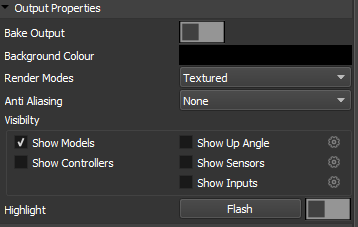Projectors in SHAPE emulate projectors in the real world. Case Study tools can be used to find the ideal projector locations and angles to aid the pre-production team in planning. Projectors can also be patched to real world projectors, they can be aligned, warped, masked and blended.
To Add a Projector go to:
 Menu Bar-> Create-> Projector (Alt+P)
Menu Bar-> Create-> Projector (Alt+P)
In the Scene hierarchy panel, Projectors have toggle options for warp, blend, show objects, colour, visible in scene and lock.

Enable: Toggle on/off rendering to output
Visibility: Toggles the visibility of the projector in the scene viewport
Show Objects: Toggles projector output on/off
Warp: Toggle Warp on/off
Blend: Toggles blend on/off
Colour: Choose a colour to visualise the projector wireframe and coverage.
Lock: Locks all properties to stop unwanted or accidental changes.
Projector
- Lumen: Sets the Lumens for the projector. This only effects Case Study calculations.
- Body Size: Define the body size of the projector. This is useful for Case Study when it is desired to see the projector in its correct scale and position.
- Lens Offset: Offsets the cone from the projector body. Useful to more accurately show projector placement in case study
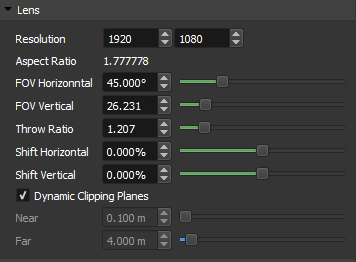
Lens
- Resolution: Resolution of the Projector
- Aspect Ratio: The aspect ratio of an image describes the proportional relationship between its width and height.
- FOV Horizontal: In SHAPE, field of view (FOV) is a term used to calculate the angle of the projectors view. It is measured in degrees. You will notice if you change the FOV the Throw Ratio will change, this is because they are directly related.
- FOV Vertical: In SHAPE, field of view (FOV) is a term used to calculate the angle of the projectors view. It is measured in degrees. You will notice if you change the FOV the Throw Ratio will change, this is because they are directly related.
- Throw Ratio: Throw Ratio refers to the ratio of the distance to the model to the width of the projected image. The larger the number the tighter the angle.
- Shift Horizontal: Changes the Horizontal Lens Shift.
- Shift Vertical: Changes the Vertical Lens Shift.
- Dynamic Clipping Planes: With this enabled, Clipping Planes, Near and Far will automatically set themselves.
- Near: This sets the closest plane projectors will begin to render.
- Far: This sets the furthest plane projectors will stop rendering.
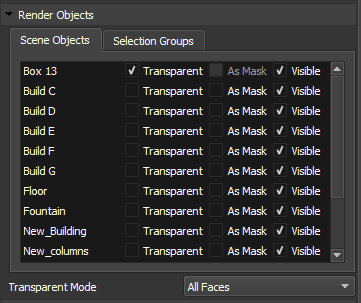
Render Objects
This panel lets you decide if you want objects to render as:
- Transparent: Allows content with alpha on that object to appear transparent from that projector.
- As Mask: Make the object render black essentially creating a 3D mask.
- Visible: Make the object visible in the scene
The Selection Group tab allows you to apply, Transparent, As Mask or Visible to every object in the Selection Group. Which is extremely useful when your project has 1000’s of objects.
Transparent mode will change how objects rendered with Transparency are treated, there are 3 options:
- Front Face Only: Only renders the faces which are visible to the projector and applies alpha to those faces, faces not visible to the projector do not get rendered
- Front Face Alpha Based: Renders all faces starting with the Front Faces and calculates alpha if the value is greater than .001 to reveal the back faces/ objects behind.
- All Faces: Renders all faces with alpha. Sometimes the back faces will get rendered on top of the front faces which can be undesirable so this mode should be used with caution.
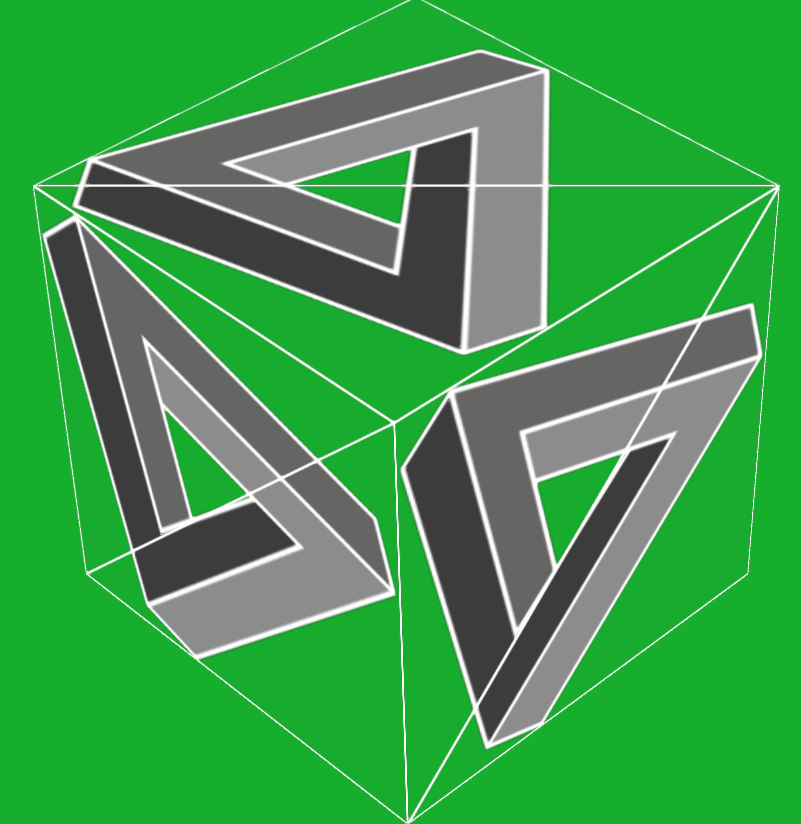 |
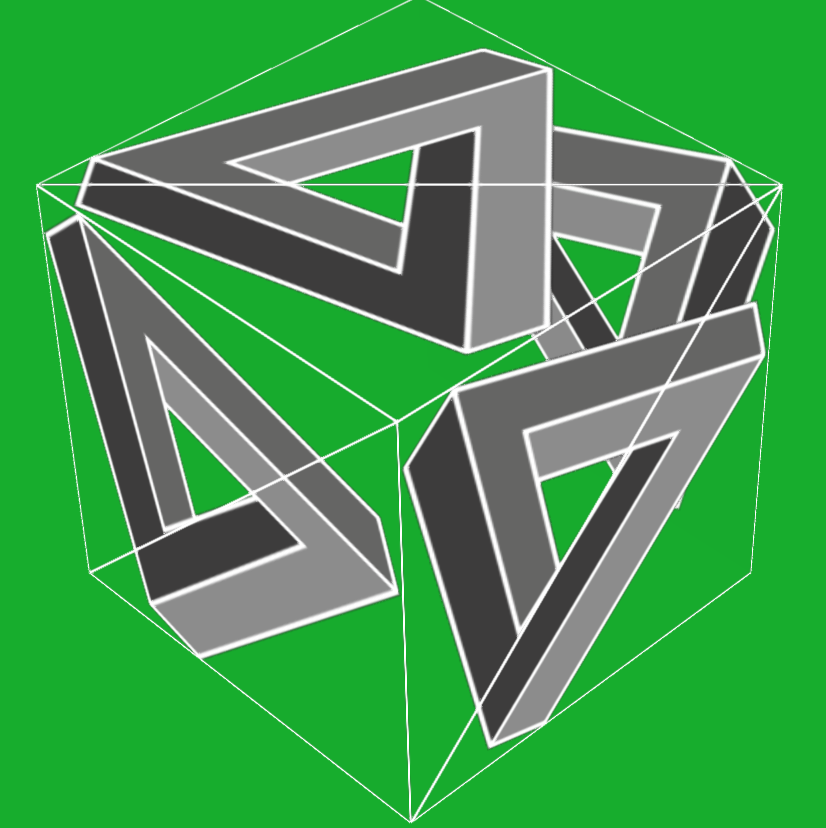 |
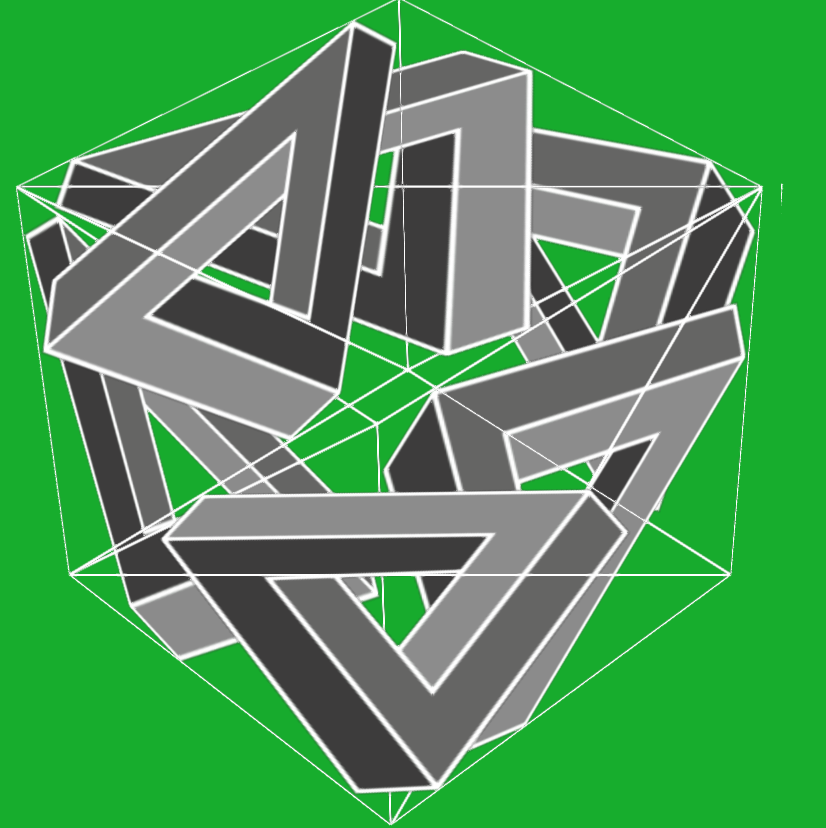 |
Statistics
- Models: Number of models the projector can see and is rendering.
- Vertexes: Number of Vertexes the projector can see and is rendering.
- Faces: Number of Faces the projector can see and is rendering.
Target

- Target: Choose an object for the Projector to always point at.
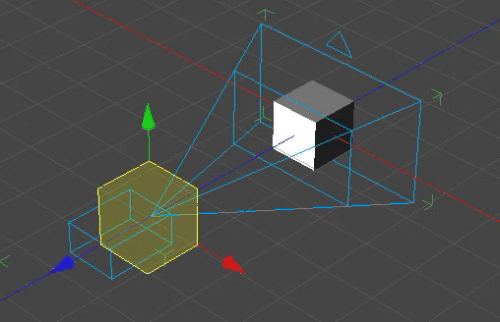
AXIS
Please see the Axis manual for more information.
Output Properties
- Bake Output: Bakes the scene from the point of view of the projector into a texture.
It allows faster rendering when a large amount of vertices is visible from the projector.
It should not be used with dynamic objects (controllers etc), as it will need to rebake every frame and will slow down. - Background Colour: Change the background colour to add a little light to the scene or make it obvious as to what projector is hitting what part of the model.
- Anti Aliasing: Allows for Anti Aliasing to be set for projectors rendered output. None, Fast FXAA, FXAA
- Render Modes: Each projector can have different render modes. Textured will show video content from the Hippotizer. See below for reference
- Show Models: Toggles the visibility of objects on the output
- Show Controllers: Shows Controllers on the output
- Show Up Angle: Sometimes projectors are rigged at angles to increase pixel density on real world surfaces. If your projector is rigged at an angle cursor keys in warp, mask and blend, will not act as expected. If you adjust the up angle so the arrow on the output points up the cursor keys will now act with the real worlds up and down and not with the projectors up. The up angle can be changed by hitting the cog to the right
- Show Sensors: Shows Axis Sensor locations on output
- Show Inputs: Shows Axis input locations on output
- Flash: Hold to project a bright colour out the projector, often you are working in the dark and just need to see whats going on! Flash (Shortcut F)
- Flash Lock: Same as Flash only it is a toggle, so no need to hold any more, when in flash locked mode, flash will work in reverse. (Shortcut G)
In Toolbar Edit, Preferences, Project Settings you have flash options. Hide models on flash and flash colour.
Render Modes
 |
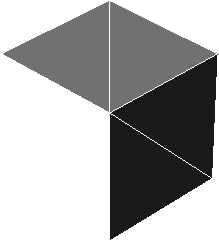 |
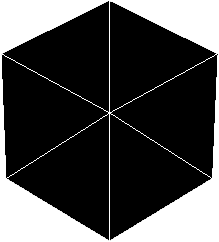 |
 |
 |
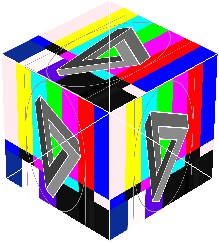 |
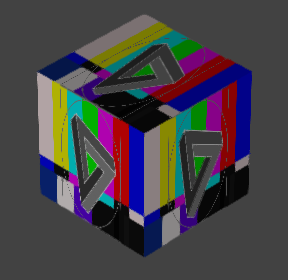 |
Pin Mapping
Allows for configuration of output pin ID if a specific order is desired.



 Enable: Toggle on/off rendering to output
Enable: Toggle on/off rendering to output Visibility: Toggles the visibility of the projector in the scene viewport
Visibility: Toggles the visibility of the projector in the scene viewport Show Objects: Toggles projector output on/off
Show Objects: Toggles projector output on/off Warp: Toggle Warp on/off
Warp: Toggle Warp on/off Blend: Toggles blend on/off
Blend: Toggles blend on/off Colour: Choose a colour to visualise the projector wireframe and coverage.
Colour: Choose a colour to visualise the projector wireframe and coverage. Lock: Locks all properties to stop unwanted or accidental changes.
Lock: Locks all properties to stop unwanted or accidental changes.
